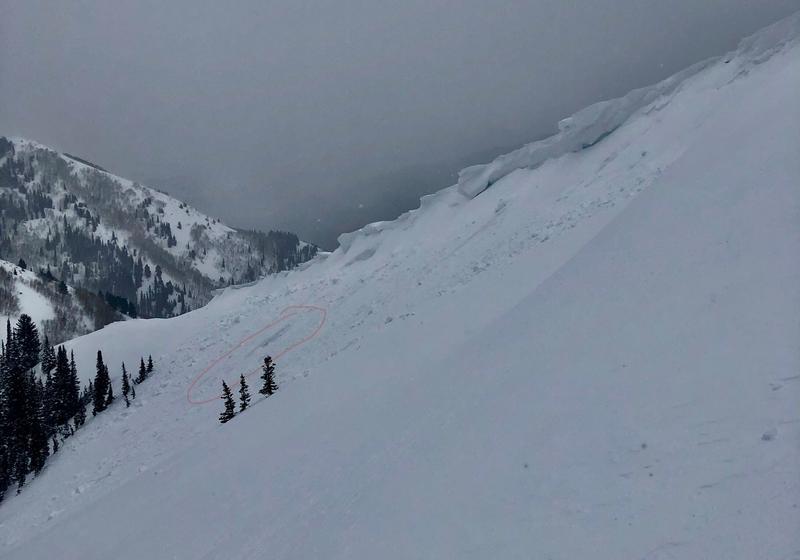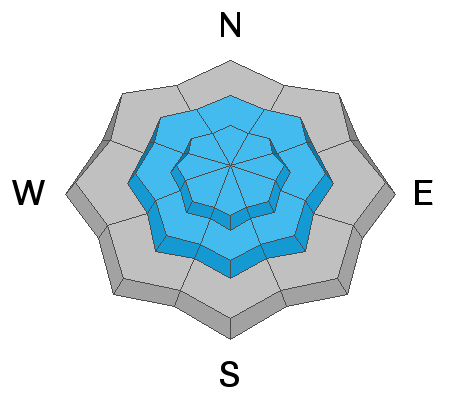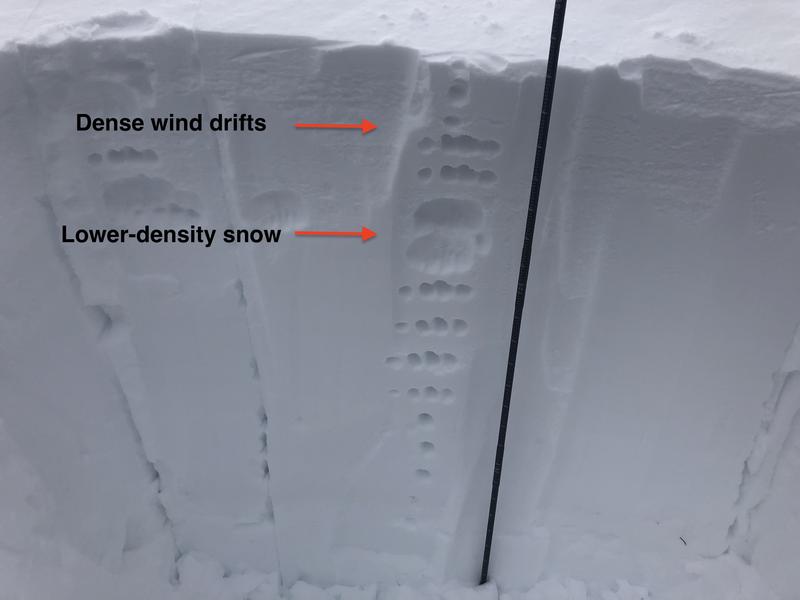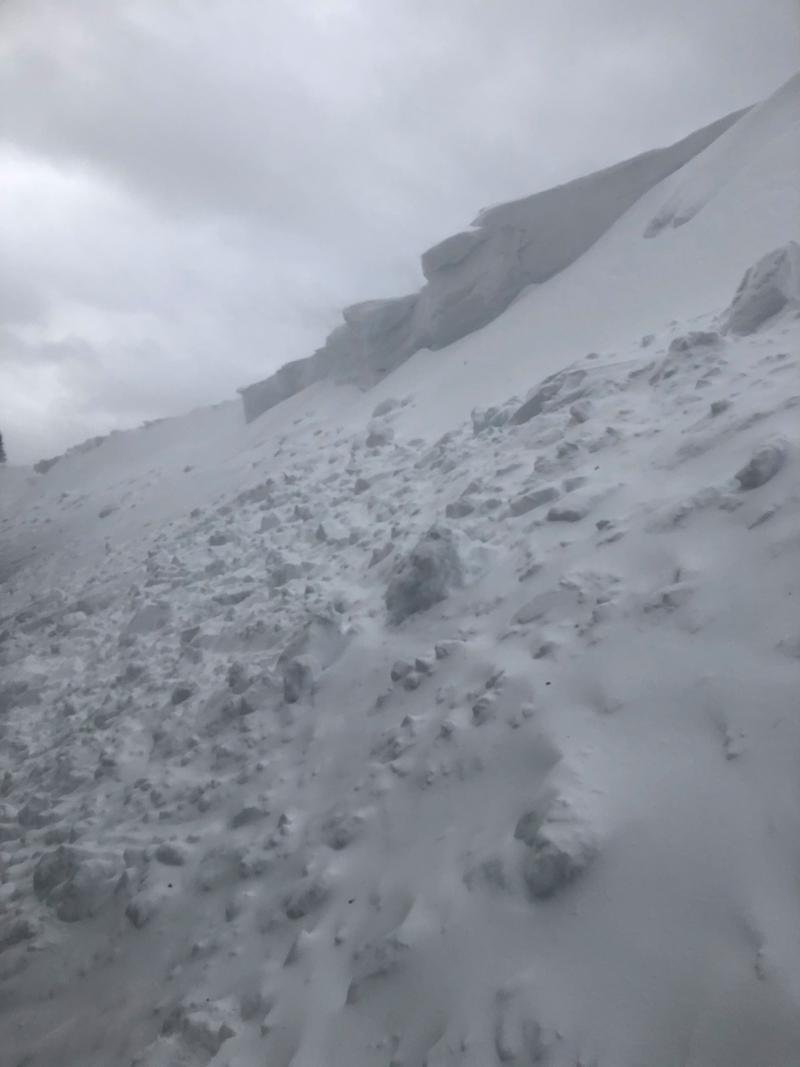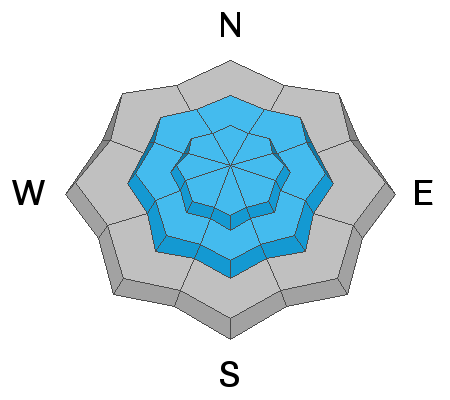Forecast for the Salt Lake Area Mountains

Issued by Nikki Champion on
Wednesday morning, January 15, 2020
Wednesday morning, January 15, 2020
Today the avalanche danger is CONSIDERABLE on all mid and upper elevation slopes with recent deposits of wind drifted snow. Human triggered avalanches are likely with naturals possible, particularly with cornice failure. Avoid travel on and below steep slopes and in avalanche runout zones.
Some localized terrain also possesses the potential to step down into the older weak layers that have otherwise been dormant for some time now.
A MODERATE danger exists at low elevations where wind drifts can exist on isolated terrain features.
Today, look for signs of wind drifted at all elevations, and avoid those slopes.
Cornices are large and growing. If traveling near a cornice, give them a lot of space both while traveling above them or below them. They can break back farther than expected, and/or trigger an adjacent wind drifted slope.
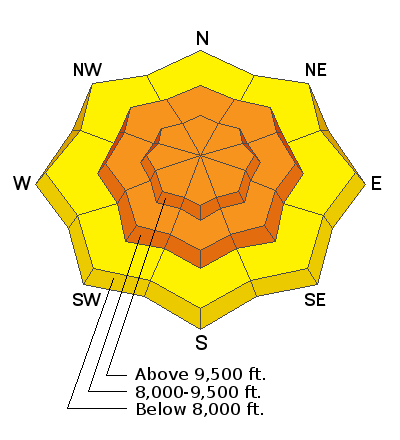
Low
Moderate
Considerable
High
Extreme
Learn how to read the forecast here


